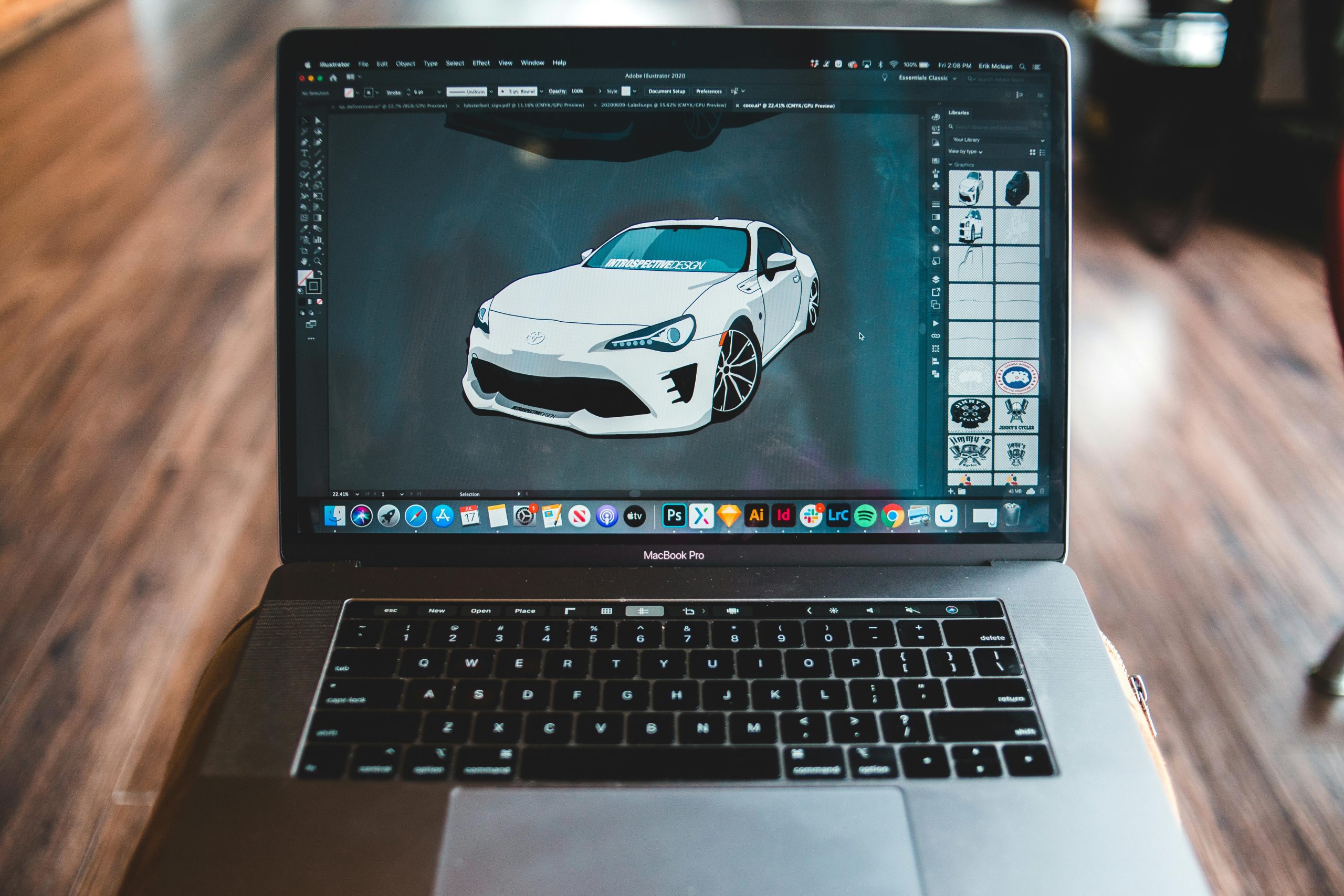Creating stunning visuals is no longer a skill reserved for professional designers alone. With the right graphic design software and a few expert tips, anyone can craft eye-catching designs that captivate audiences. Whether you’re designing for social media, marketing materials, or personal projects, mastering graphic design tools can elevate your work from amateur to professional. In this guide, we’ll explore how to use graphic design software effectively, covering essential techniques, best practices, and creative strategies to help you produce visuals that stand out.
Choosing the Right Graphic Design Software
Before diving into design techniques, it’s crucial to select the right software for your needs. The market offers a variety of tools, each with unique features tailored to different skill levels and purposes.
Popular Graphic Design Software Options
- Adobe Photoshop: Ideal for photo editing, digital painting, and complex compositions.
- Adobe Illustrator: Perfect for vector-based designs like logos, icons, and illustrations.
- Canva: A user-friendly, web-based tool for quick social media graphics and simple designs.
- Figma: Great for collaborative projects, UI/UX design, and prototyping.
- CorelDRAW: A versatile alternative to Adobe products, popular for print and web design.
Consider your project requirements, budget, and learning curve when choosing software. Beginners might start with Canva, while professionals may prefer Adobe Creative Cloud for advanced features.
Mastering the Basics of Graphic Design
Once you’ve selected your software, it’s time to master the foundational elements of graphic design. These principles will guide your creative process and ensure your visuals are both aesthetically pleasing and effective.
Key Design Principles to Follow
- Contrast: Use contrasting colors, fonts, and sizes to create visual interest and hierarchy.
- Alignment: Keep elements organized and balanced for a polished look.
- Repetition: Maintain consistency in fonts, colors, and styles to reinforce branding.
- Proximity: Group related elements together to improve readability and flow.
- Whitespace: Don’t overcrowd your design—allow breathing room for clarity.
Understanding these principles will help you create designs that communicate your message clearly and attractively.
Advanced Techniques for Professional-Quality Designs
To take your designs to the next level, explore advanced techniques that add depth, creativity, and professionalism to your work.
Leveraging Layers and Blending Modes
Most graphic design software, like Photoshop and Illustrator, uses layers to separate elements. Experiment with blending modes to create unique effects—such as overlays, shadows, and textures—that enhance your visuals.
Using Vector Graphics for Scalability
Vector graphics, created in tools like Illustrator, are resolution-independent, meaning they can be scaled without losing quality. This is essential for logos and icons that need to appear crisp on various devices and sizes.
Incorporating Typography Effectively
Typography can make or break a design. Pair fonts thoughtfully, adjust kerning and leading for readability, and use typography to convey emotion and hierarchy. Tools like Adobe Fonts or Google Fonts offer extensive libraries to explore.
Optimizing Your Workflow for Efficiency
Efficiency is key when working on multiple projects or tight deadlines. Streamlining your workflow saves time and reduces frustration.
Keyboard Shortcuts and Custom Workspaces
Learn keyboard shortcuts for your chosen software to speed up tasks like selecting tools, duplicating layers, or applying filters. Customize your workspace to keep frequently used panels and tools easily accessible.
Using Templates and Presets
Save time by using templates for recurring projects like social media posts or business cards. Many tools, including Canva and Photoshop, offer pre-made templates to jumpstart your designs.
Automating Repetitive Tasks
Explore automation features like Photoshop Actions or Illustrator Scripts to handle repetitive tasks, such as resizing images or applying batch edits.
Conclusion
Mastering graphic design software is a journey that combines creativity, technical skill, and practice. By choosing the right tools, understanding design principles, and refining your workflow, you can create stunning visuals that rival professional work. Whether you’re designing for business or pleasure, these tips will help you unlock your full potential and produce designs that leave a lasting impression. Start experimenting today, and watch your skills—and your confidence—grow.
